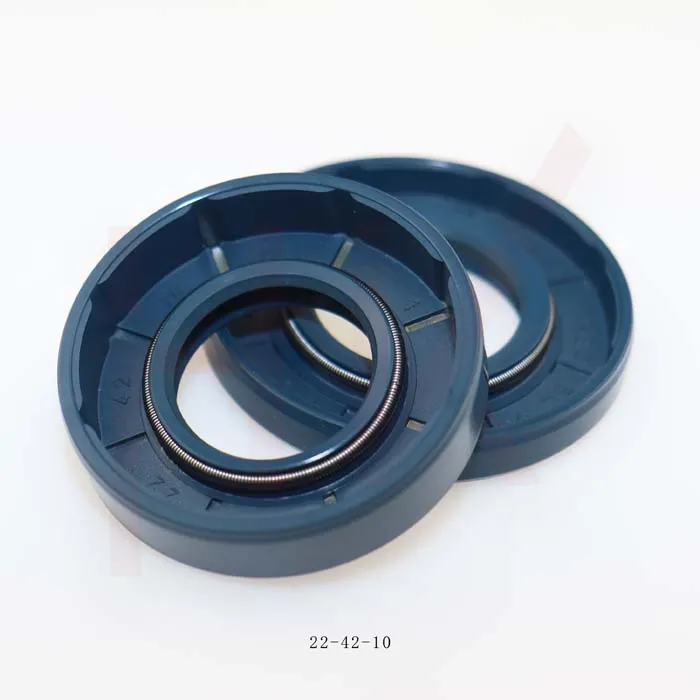okt. . 02, 2024 01:43 Back to list
Understanding the Functionality of Oil Seal in Wheel Hub Assemblies
Understanding Oil Seal Wheel Hubs Importance and Functionality
Oil seal wheel hubs are crucial components in the automotive and machinery industries, functioning as the first line of defense against contaminants while ensuring the smooth operation of rotating parts. These seals play a pivotal role in maintaining the integrity of wheel hubs, thereby enhancing the overall performance and longevity of vehicles and heavy equipment.
What is an Oil Seal?
An oil seal, also known as a shaft seal, is designed to retain lubricants within machinery and prevent dirt, dust, and other external contaminants from entering. In the context of wheel hubs, oil seals are used to seal the lubrication fluid, which is essential for reducing friction and wear between moving components. Made from materials like rubber or polymer, oil seals are engineered to withstand high temperatures, pressures, and the specific chemical composition of the lubricants they seal.
Functionality in Wheel Hubs
The primary function of oil seal wheel hubs is to contain lubricant within the hub assembly
. This lubricant reduces friction between the wheel bearing and the rotating spindle, allowing for smooth and efficient operation as the vehicle travels. When oil seals perform effectively, they keep the lubrication where it’s needed, thereby minimizing wear on components and prolonging their lifespan.oil seal wheel hub

Additionally, by preventing the ingress of contaminants such as dirt, water, and debris, oil seals protect the internal components of the hub. Without a properly functioning oil seal, contaminants can enter the wheel hub, leading to potential bearing failure and costly repairs. This is particularly important for off-road vehicles or those operating in harsh environments, where exposure to dirt and moisture is prevalent.
Signs of Oil Seal Failure
Recognizing the signs of oil seal failure can prevent more serious issues down the line. Common indicators include unusual noises from the wheel hub, excessive play in the wheel, or visible oil leaks around the wheel assembly. If these symptoms occur, it is crucial to inspect the oil seal and surrounding components. Neglecting to address oil seal failure may result in complete bearing failure, which can lead to significant safety hazards and costly repairs.
Maintenance and Replacement
Routine maintenance is essential to ensure the longevity of oil seal wheel hubs. Regularly checking for signs of wear, leaks, and other issues can help catch problems early. If a seal is found to be compromised, it’s important to replace it promptly. The replacement process involves removing the wheel and hub assembly, carefully taking out the old seal, and installing a new one, making sure to apply the correct lubricant to ensure proper functionality.
In conclusion, oil seal wheel hubs are key to the performance and reliability of a vehicle's wheel assembly. Understanding their role and taking appropriate measures to maintain them can enhance vehicle longevity and ensure safe operation. Regular inspections and timely replacements will ultimately save time and money, allowing for a smoother journey on the road ahead.
-
TCN Oil Seal Metal Ring Reinforcement for Heavy Machinery
NewsJul.25,2025
-
Rotary Lip Seal Spring-Loaded Design for High-Speed Applications
NewsJul.25,2025
-
Hydraulic Cylinder Seals Polyurethane Material for High-Impact Jobs
NewsJul.25,2025
-
High Pressure Oil Seal Polyurethane Coating Wear Resistance
NewsJul.25,2025
-
Dust Proof Seal Double Lip Design for Construction Equipment
NewsJul.25,2025
-
Hub Seal Polyurethane Wear Resistance in Agricultural Vehicles
NewsJul.25,2025
-
The Trans-formative Journey of Wheel Hub Oil Seals
NewsJun.06,2025
Products categories
















